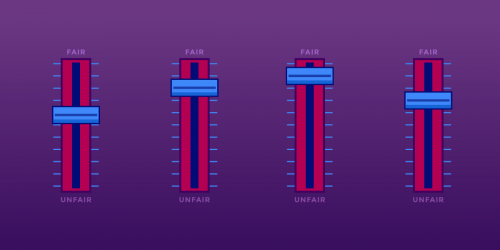At the least, one could hope that the Supreme Court's decision in December to hear the Grokster case was a first step in bringing clarity to secondary copyright infringement doctrines. Instead, the Court introduced a new doctrine, the contours of which are entirely unclear. The ambiguity invites more lawsuits and will raise doubts in the minds of all innovators.
Apparently, the inducement test requires "clear expression" or "affirmative steps" to promote infringement. The Court includes communications to users and internal messages as possible evidence of wrongful purpose. But the Court says little about how explicit or on point such actions must be.
That allows copyright holders and courts to second-guess every decision an innovator has made. Every marketing campaign, every design choice, every business plan, every document concerning how the software might be used are potentially fair game. Mere knowledge of illegal uses is not enough, but plaintiffs might seize on anything that hints at the company attempting to generate such uses.
Indeed, the Court harped on the companies' mere decision to market to Napster users. Because some Napster users infringed, advertising themselves as new Napsters indicated "a principal, if not exclusive, intent on the part of each [company] to bring about infringement." Even use of the -ster suffix drew the Court's ire. (Friendster, you're on notice.)
And once there's the scent of intent to satisfy infringers, inducement can include just about anything else. The Court states that failure to design a technology to reduce infringement is not sufficient. However, in the context of other evidence, as in this case, it can be. So too can be the mere fact that infringing uses produce financial benefits for the company. The Court leaves open what else might be added into the equation.
Equipped with this weapon, copyright holders have enough to drag myriad innovators into court. Even if some innovators could eventually prove their innocence, the standard may be enough to force many into expensive trials that few can afford.
When the petitioners argued before the Court in March, they threw the kitchen sink of possible tests at the Court. It was if they didn't know which to adopt, and, it seems the Court was unsure as well. Because of the Court's failure to create a clear standard, now innovators share a sense of uncertainty, as their ability to create technology falls into doubt.
Soon, I'll have more on the ambiguity in the standard, as well as how it could have been clearer.
More posts around the blogosphere on the inducement test's meaning:
Ed Felten on business models and design choices.
Susan Crawford offers a more positive view.
Randy Picker tries to pick apart the design issues. Lawrence Solum digs in, too.
Many more out there....






